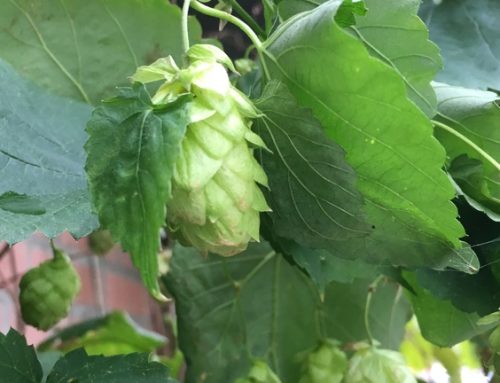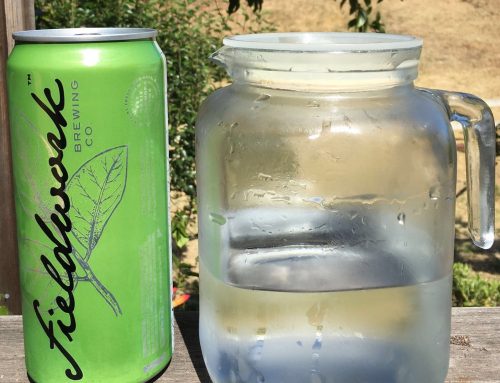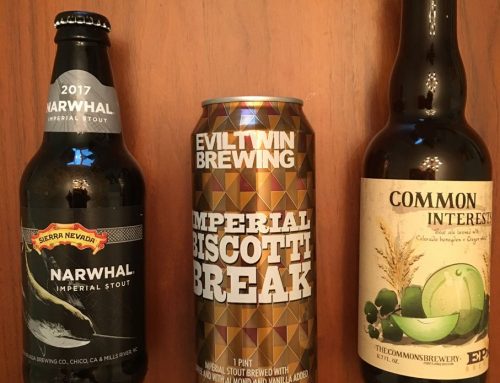Sour beers have recently become popular and breweries are coming out with more sour beer options to keep up with demand. As brewers explore new styles, they have begun to revisit older, traditional styles. Gose (not to be confused with the Belgian lambic style “gueze”), is one kind of traditional sour beer that has recently gained renewed attention from brewers.
History
The gose style has gone through a couple periods of popularity, followed by near extinctions. It was first brewed in Goslar, Germany in the 1500’s but it wasn’t until the 1700’s that it was in high demand in the city of Leipzig.
By 1966, German lagers ruled the market and the goses were extremely rare. Its revival was the result of one man, Lothar Goldhahn. He bought a closed down Gosenschanken restaurant and pub in Leipzig in the 1980s and revived the style.
Gose Ingredients
The main ingredients in a gose are barley, wheat, coriander, and salt. To ferment the beer, brewers typically utilize top fermenting ale yeast. A slight saltiness, originally from the local briny water in Leipzig, is a key flavor profile in many real goses.
The signature tart flavors of gose are achieved with lactobacillus, a type of bacteria that also ferments the beer. As with sours, creative brewers have included fruit to provide sweetness as a balance for the tartness.
Gose Sensory Profile
A modern day Gose beer has a relatively moderate alcohol content, usually around 4 to 6 percent ABV. The lower ABV contributes to the beer’s light, refreshing taste.
The signature hint of sourness makes gose beers instantly recognizable. Depending on the brewery, its intensity may differ, but some tartness will always be in there.
Storing and Serving Recommendations
Another upside for sour beers like these is that they can be stored – sometimes for up to five years without spoiling. As with other types of beers, just be sure to store it in a cool, dark place.
In fact, sour beers often get better with age. The combination of high acidity and small amounts of hops causes sour beers to taste fruitier the longer they mature.
If you’re storing gose, should be served between 46 and 50°F for optimum experience. Whether you’re having it with a meal or simply enjoying it on a hot summer’s day, it’s is a refreshing and interesting beer.






